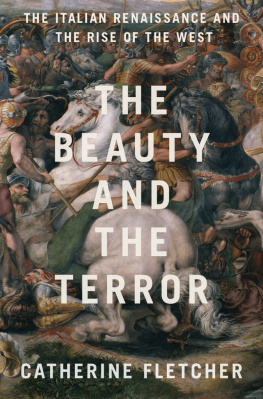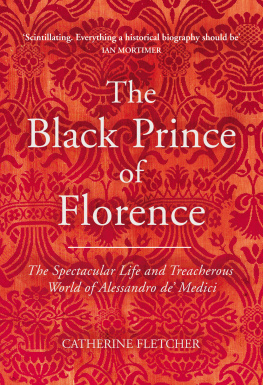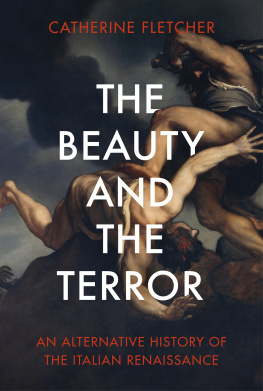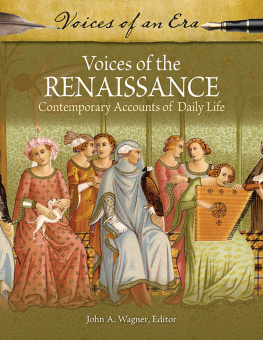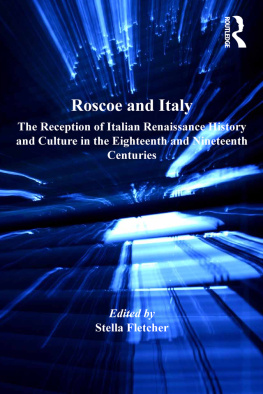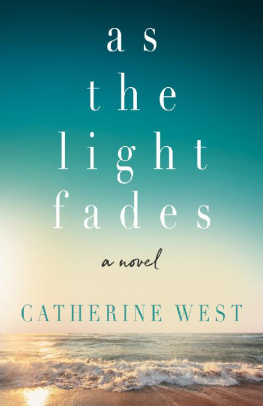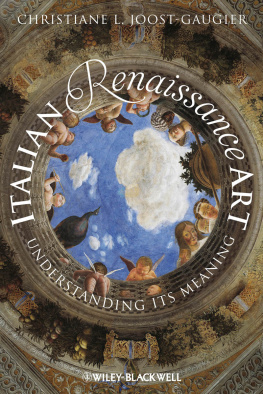The Beauty and the Terror
BY THE SAME AUTHOR
The Divorce of Henry VIII:
The Untold Story
The Black Prince of Florence:
The Spectacular Life and Treacherous World of Alessandro de Medici
The Beauty and the Terror
The Italian Renaissance and the
Rise of the West
CATHERINE FLETCHER


Oxford University Press is a department of the University of Oxford. It furthers the Universitys objective of excellence in research, scholarship, and education by publishing worldwide. Oxford is a registered trade mark of Oxford University Press in the UK and in certain other countries.
Published in the United States of America by Oxford University Press 198 Madison Avenue, New York, NY 10016, United States of America.
Catherine Fletcher 2020
First published in the UK by The Bodley Head in 2020
All rights reserved. No part of this publication may be reproduced, stored in a retrieval system, or transmitted, in any form or by any means, without the prior permission in writing of Oxford University Press, or as expressly permitted by law, by licence, or under terms agreed with the appropriate reprographics rights organization. Enquiries concerning reproduction outside the scope of the above should be sent to the Rights Department, Oxford University Press, at the address above
You must not circulate this work in any other form and you must impose this same condition on any acquirer.
Library of Congress Cataloging-in-Publication information is available.
ISBN 9780190908492
ISBN 9780190908515 (e-book)
1 3 5 7 9 8 6 4 2
Printed by Sheridan Books, Inc., United States of America
To my students
Contents

1. By an unknown artist, the Tavola Strozzi shows the city of Naples in the second half of the fifteenth century.

2. Jan van Eyck's painting of the Arnolfini in Bruges is testament to the range of Italian mercantile networks.

3. Pinturicchio's fresco in the Borgia Apartments incorporates an image of the Arch of Constantine in the background; the figure of St Catherine is said to be a portrait of Lucrezia Borgia.

4. Isabella d'Este hoped that Leonardo da Vinci would paint her portrait, but he completed only this drawing.

5. Leonardo da Vinci's plan of Imola was revolutionary in its bird's-eye approach to mapping.
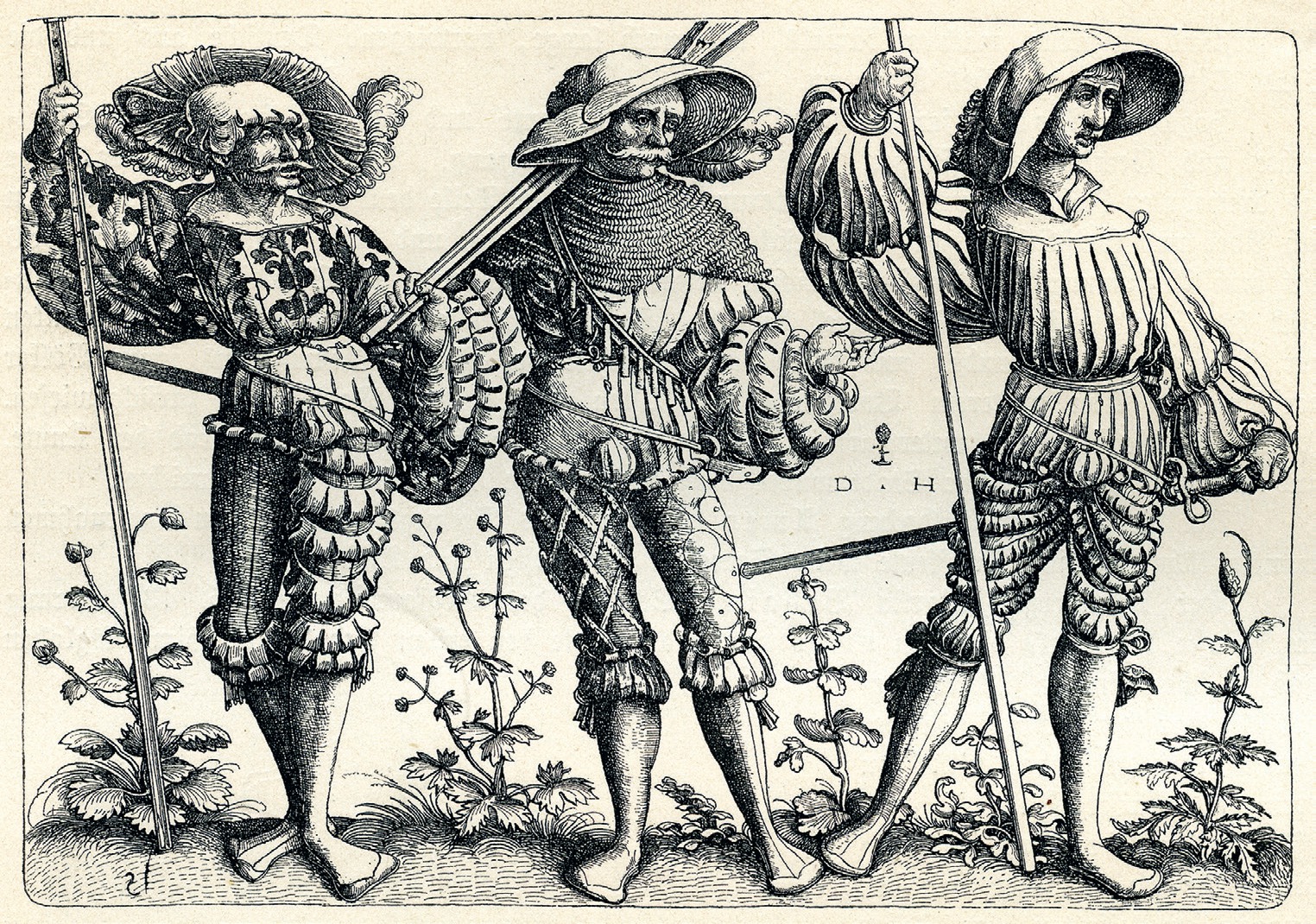
6. This engraving by Daniel Hopfer shows the characteristic slashed dress of German landsknechts.

7. The identity of the people in this painting by Paris Bardon (1500-71) is unknown, but Africans certainly participated in the Italian Wars.

8. Dosso Dossi's portrait of Alfonso d'Este, duke of Ferrara features in the background the 1509 Ferrarese attack on the Venetian fleet.

9. Produced by a spy for the Este family, this is one of the first maps to show North America's east coast.
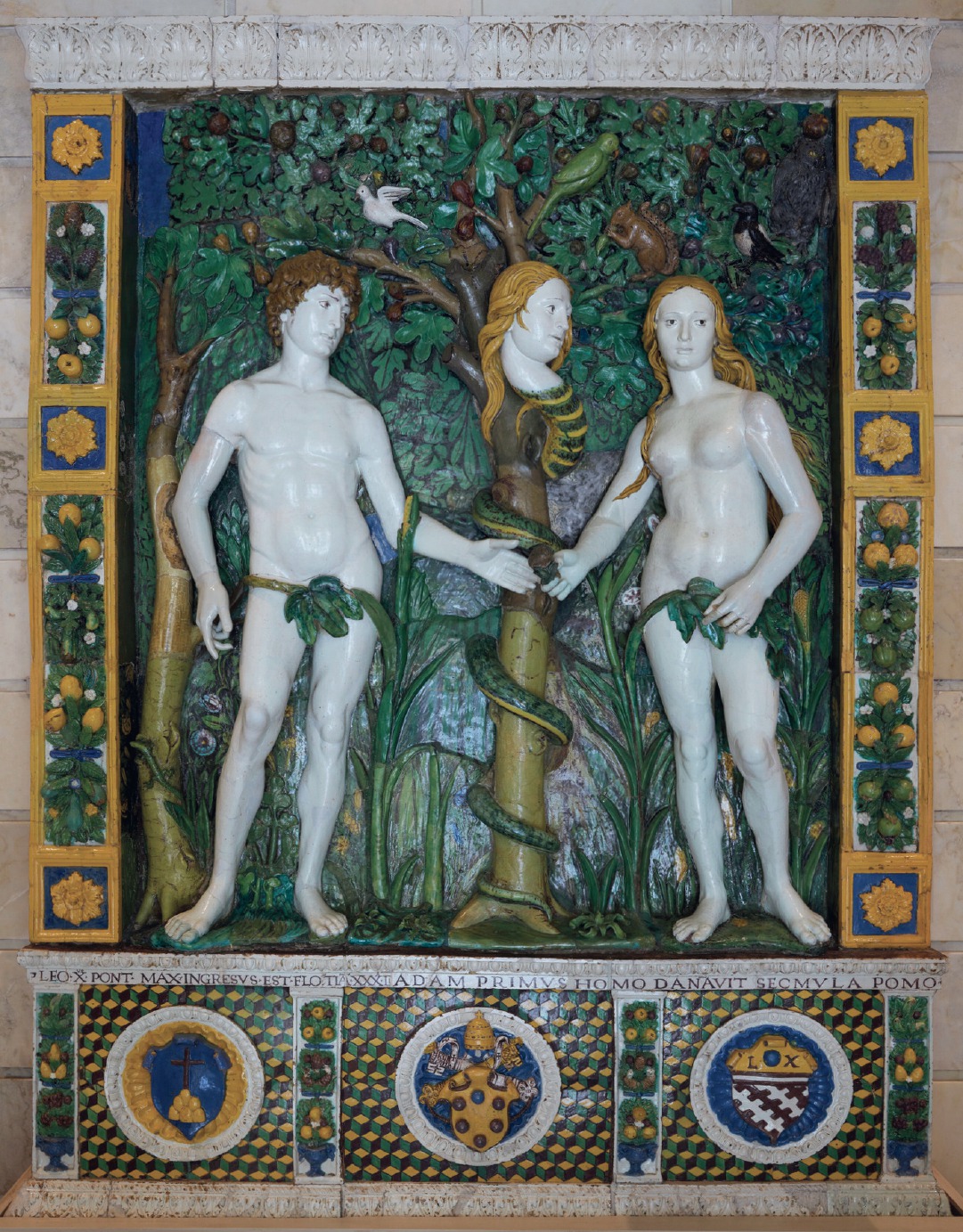
10. The plants in this relief of Adam and Eve from the workshop of Giovanni della Robbia have sometimes been interpreted as New World maize.

11. Vasari said Raphael's portrait of Julius II was so lifelike as to make viewers 'shrink in fear'.
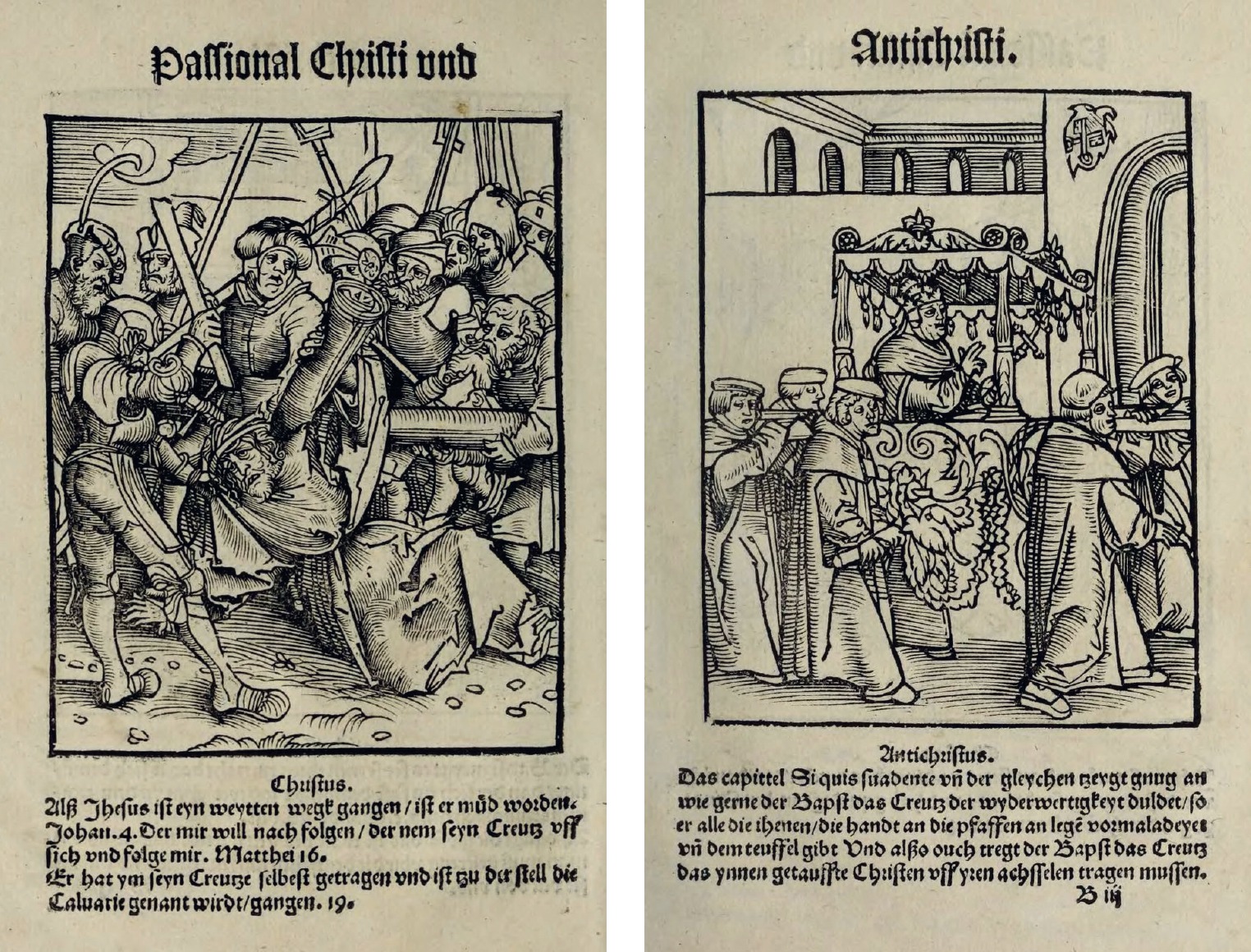
12. Published in 1521, Lucas Cranach's illustrations for Luther's Passional Christi und Antichristi contrasted the life of Christ with that of the pope, labelled here the Antichrist.

13. Piero di Cosimo's Building of a Palace was produced for the Florentine guild of master stonemasons and wood-carvers.
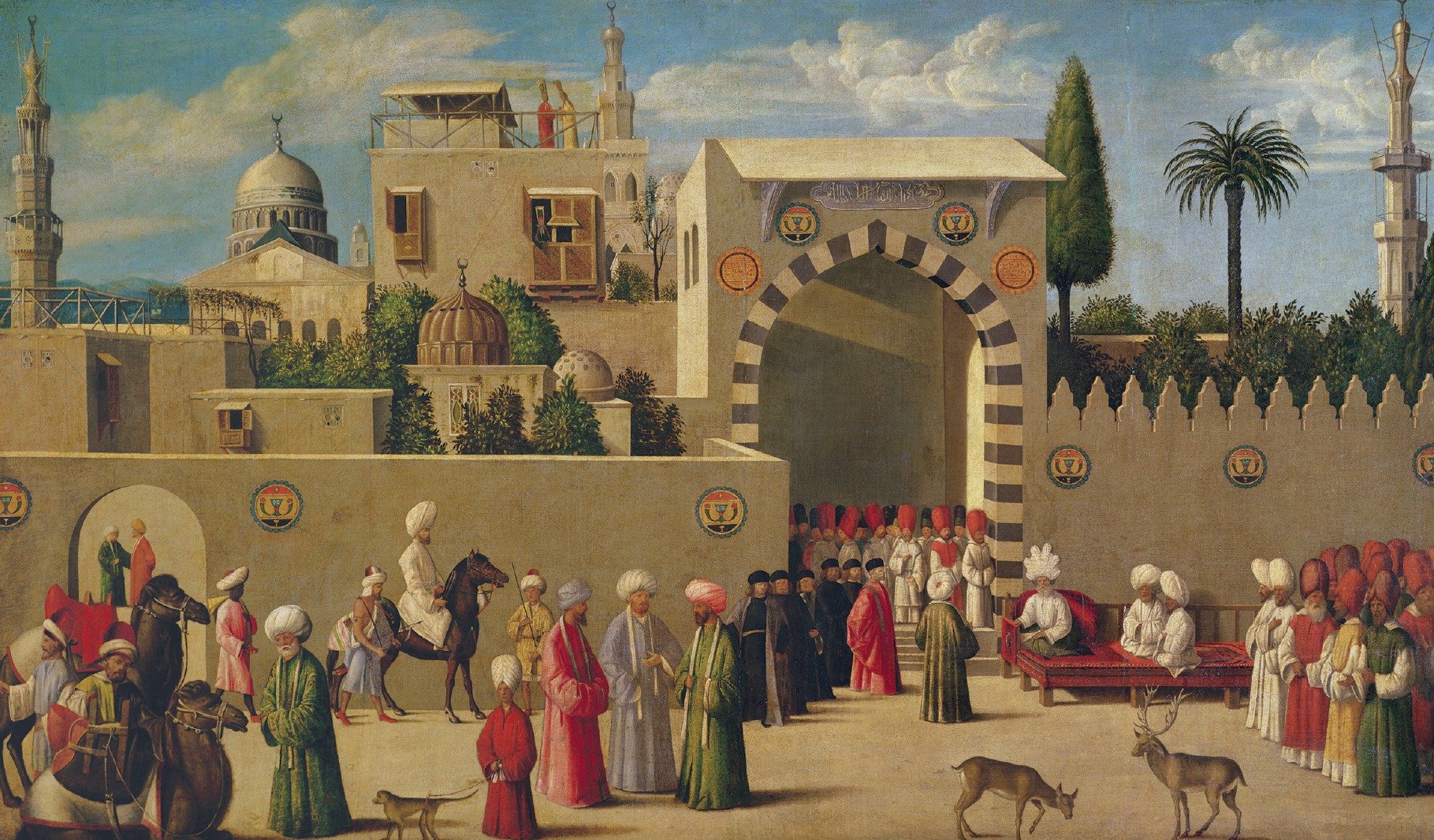
14. Testimony to Venetian trade with the Mamluk Empire, this painting may show an embassy linked to a spying scandal in 1510.

15. The capture of Francis I by imperial forces at Pavia was memorialised in this tapestry by Bernard van Orley.
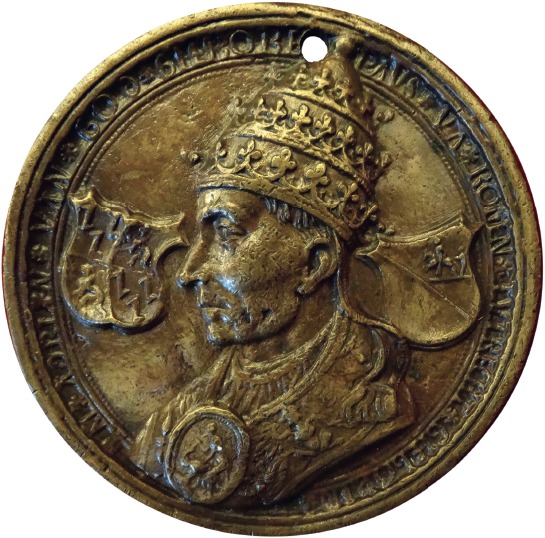
16. Pope Adrian VI's brief rule is marked by this portrayal on a sixteenth-century Netherlandish coin.

17. The poet Laura Battiferri is portrayed here by the Florentine court artist Bronzino in the manner of Dante or Petrarch.
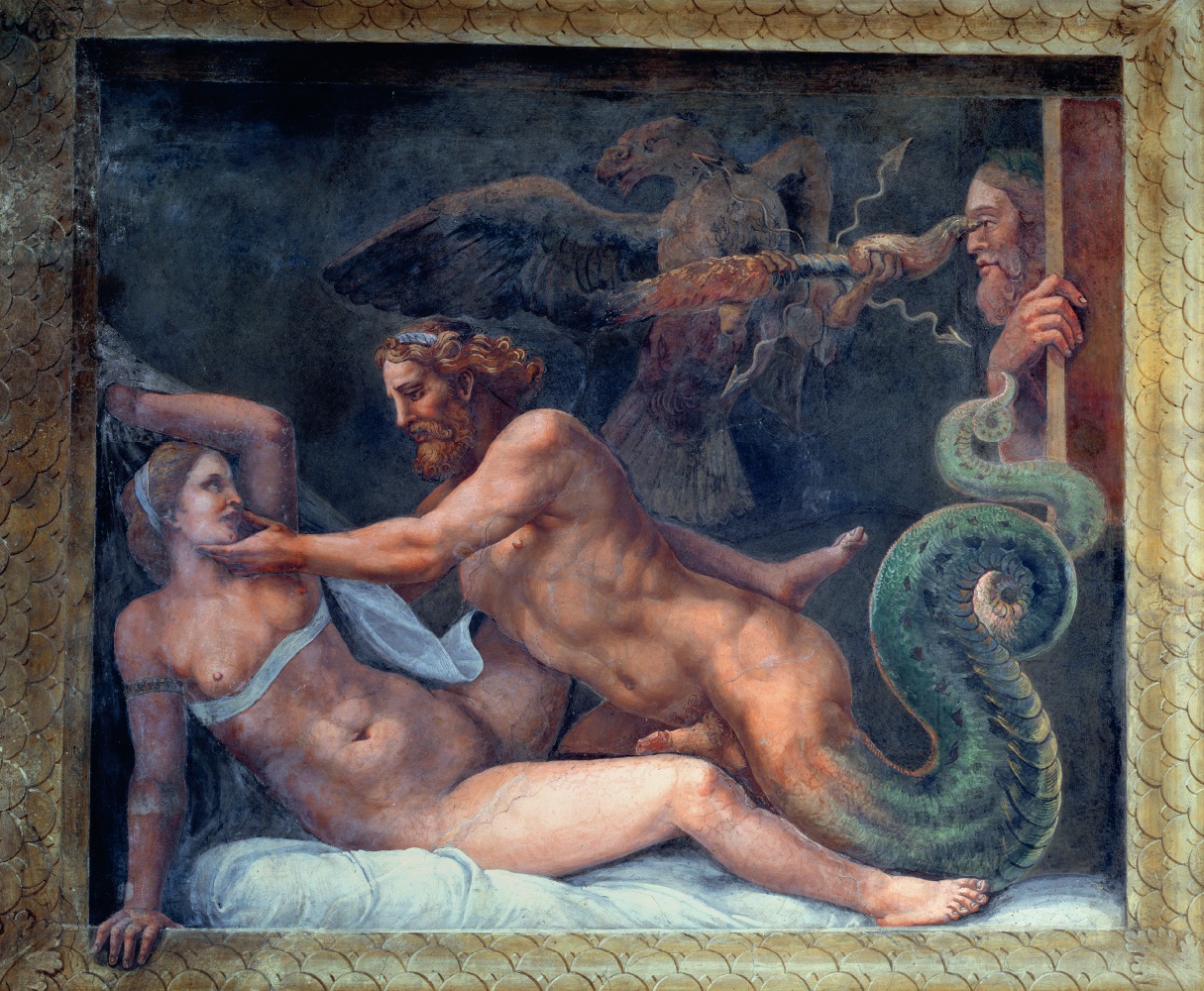
18. The most explicit scene of Giulio Romano's scheme for Palazzo Te shows Olympias Seduced by jupiter.

19. This engraving of the

